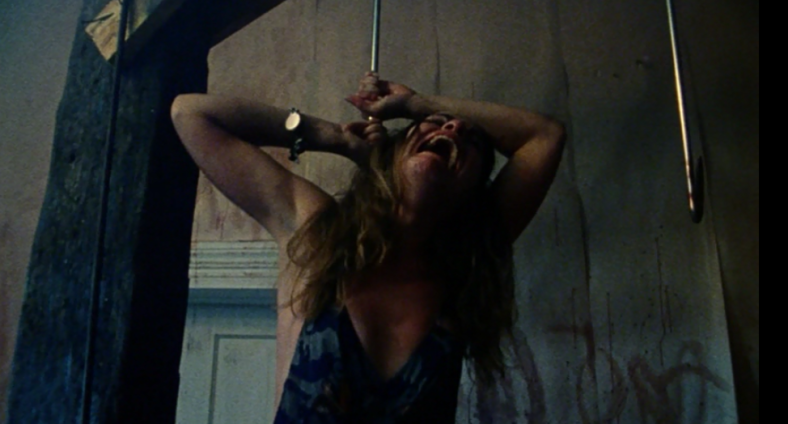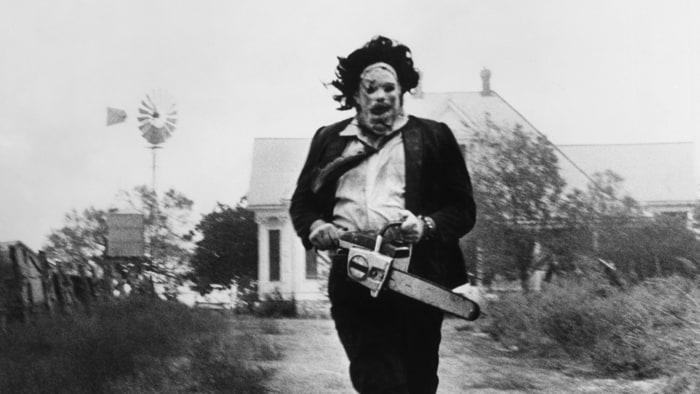If you were lucky enough to grow up in the 80’s then you would have been subjected to the pinnacle era of which horror movies were, in my humble opinion, the most scary. I, myself, had a particular infatuation for all things horror during the latter years of my childhood. My cousin and I used to raid Blockbuster video most weekends. We started on some low level stuff; House, Critters, Gremlins and maybe dabbling with some Friday the 13th (1980), Halloween (1978) and Maniac Cop before our young and impressionable minds sought a bigger, darker thrill.
The day we got our fingers severely burnt was when we decided to watch The Exorcist (1973). Anyone who has seen it would likely agree that the level of terror for a nine year old is enough to leave a lasting impression. And it has. Forget, for one second, that we’re aware that horror movies become less scary as we get older. That’s a given. They also become less scary when we know what’s coming, if you’ve already seen it. However, there are elements of that movie in particular which have stained my soul. Some things, regardless of whether they are real or not, can not be unseen and do not need to be seen again.
Old methods get the best results
I recently watched Leatherface, the poorly constructed prequel of The Texas Chainsaw Massacre franchise, and a solid representation of my point in this article. In the 70’s and 80’s where the average movie budget was $300,000, the production team had to think of very cheap and innovative ways of creating special effects. CGI didn’t exist so when you see Leatherface cutting chunks of flesh from a human corpse, that prop is real and that actor is really doing it. These effects gave those movies a sickening sense of realism and a physical fear. 
As an audience we have been tainted by CGI to the extreme of knowing that when it’s used, it looks way too fake. This tends to decrease our inhibitions and expectations of what construes a successful horror movie. Most recently, It was guilty of this by choosing to use CGI rendered monsters making it more like a censor-relaxed version of Goosebumps.
Some things are better left unsaid
Origin stories also tend to be a major player in making movies less scary. Going back to Leatherface, this is the second attempt at explaining why this chainsaw wielding lunatic is the way he is. In some cases, particularly with this character, some things are better left unexplained. What Leatherface and Texas Chainsaw: The Beginning did was inject a moral sense of empathy into the character and desensitized any raw fear we originally had. Leatherface, as it turns out, is just misunderstood.
Times are changing
As an audience we are constantly changing and so the industry has to change with us. During the early 2000’s we were introduced to a bought of torture-porn. Movies like Saw and Hostel become big money-makers. However, while shock tactics were an amicable approach to a genre losing it’s touch, the horror industry developed a knack to sink its teeth into anything successful and milk it for all it’s worth. Several Saw movies later and that method became old hat, which can also be said for, the once impressive, Paranormal Activity series and the barrage of found-footage movies that followed.
What does this mean for the future of horror?
These days, it seems that success is found in movies that play homage to the early horror – not to be confused with a reboot or remake. Movies like It Follows and The Witch, which have received critical acclaim, have significant references to classic horror. This tells me that fans of horror are desperate for the industry to go back to it’s roots and give us something which will truly terrify us. I could be wrong, but horrors just aren’t scary anymore.
What do you think, guys? Are horror movies not as scary as they used to be? Do you disagree and think that they are? Let’s start the debate by commenting on Facebook or Twitter.

